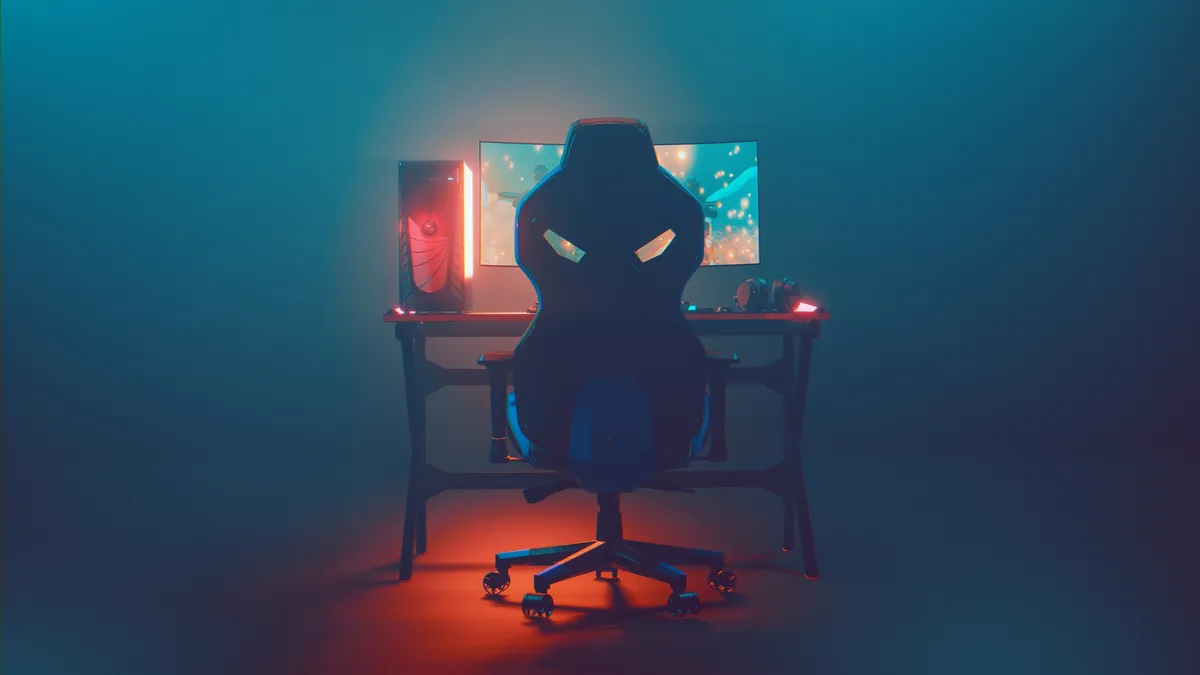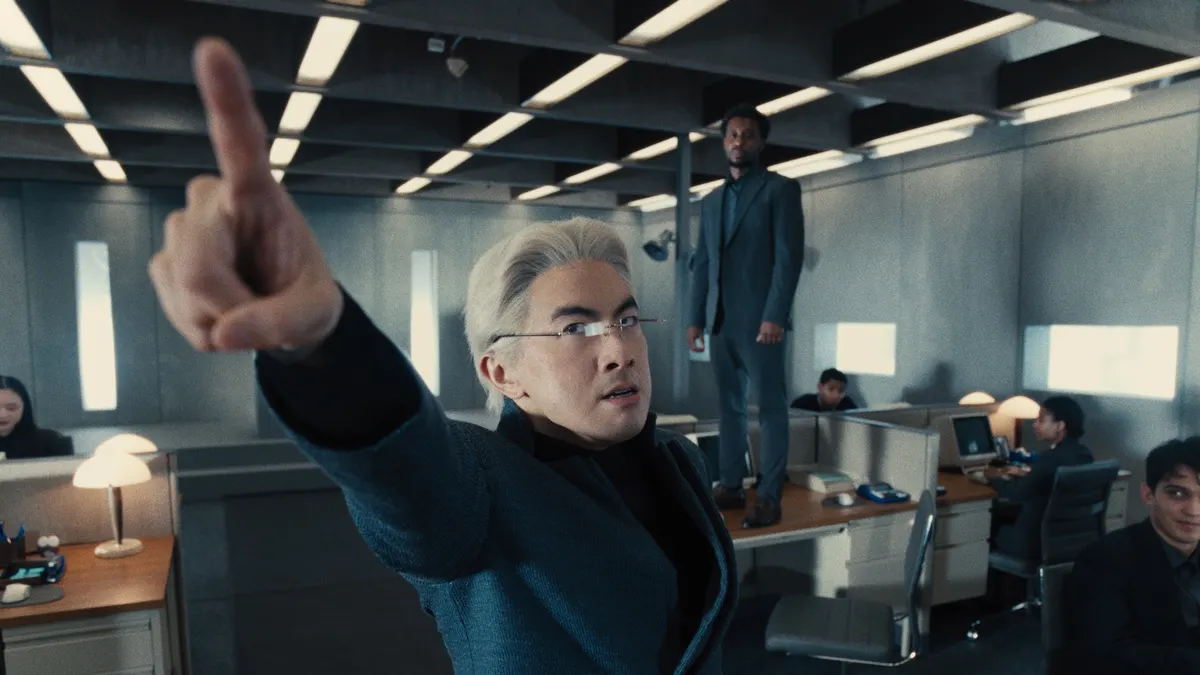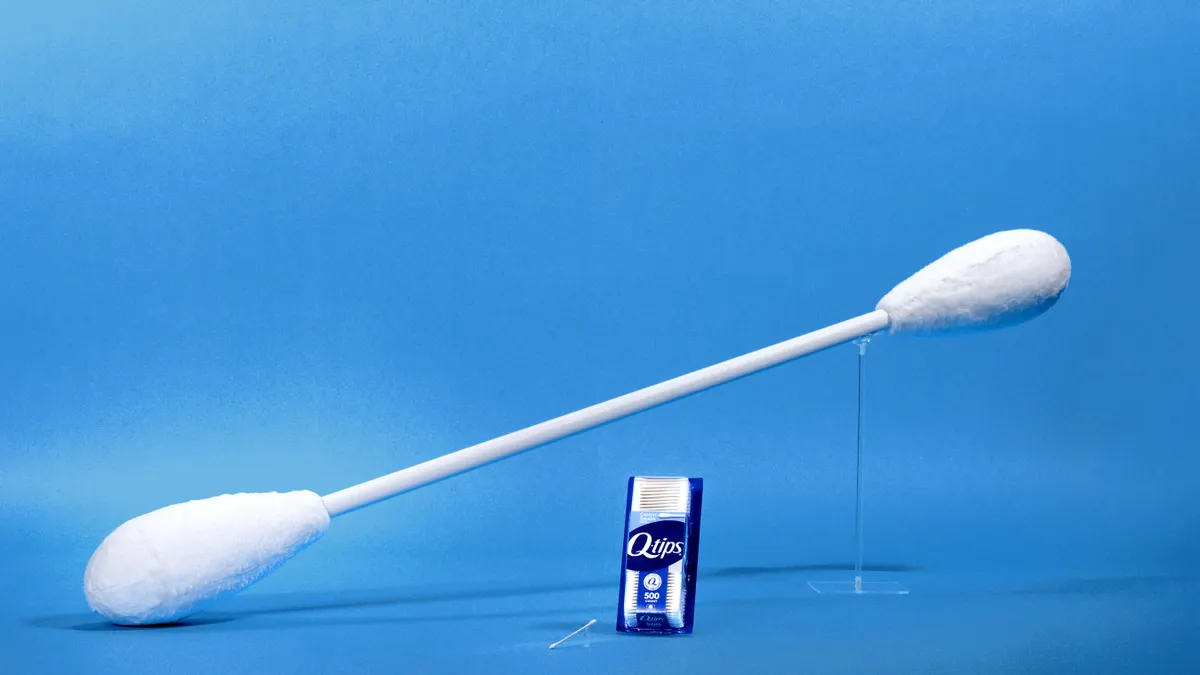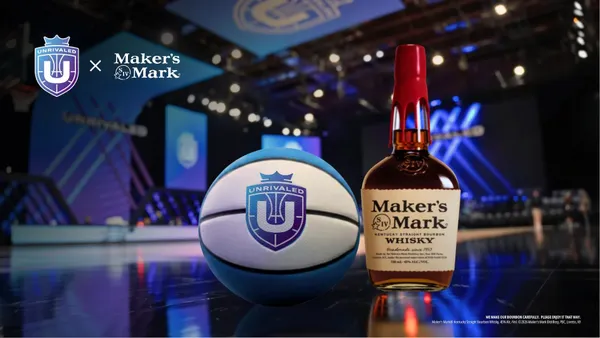NEW YORK — The Interactive Advertising Bureau’s PlayFronts returned in-person Wednesday, bringing with it a raft of publishers, platforms and brands evangelizing about the power of video games as a marketing tool. Now in its second year, the industry confab also frequently doubled back to a topic that would be familiar to someone who attended last spring’s PlayFronts: Why don’t marketers invest more in gaming?
Despite the continued ascendance of games in popular culture, including through HBO’s recent hit adaptation of “The Last of Us,” marketers in many cases remain reticent to go all-in due to misperceptions about the gaming audience and the tactics available to them, speakers said. Even companies with an established stake in gaming and esports marketing noted those are areas where they need to be more open to learning from failure, a potentially daunting proposition in a belt-tightening period.
“So much of what we're trying to do is take calculated bets in these places,” said Beth Woodruff, senior director of brand strategy, integrations, gaming and innovation at Ally Financial, during a panel at the show. “Sometimes, you have to go in knowing that you're maybe going to miss the mark a little bit. There are ways for brands to recoup from that.”
Woodruff was joined by executives with varied levels of gaming experience from PepsiCo, Mondelēz International and Coty for a discussion moderated by the IAB.
In the case of Coty, the beauty marketer is a comparatively fresh face in gaming, though its push into the channel indicates how consumer preferences are changing. Increased adoption of gaming has welcomed a more diverse mix of marketers into an entertainment arena that’s typically been associated with energy drinks and salty snacks targeted at young men. About two-thirds of U.S. consumers are gamers in some capacity, though gaming captures less than 5% of advertising budgets, according to an IAB study published around the show that cited Entertainment Software Association data.
“Today, everyone is a gamer,” said Nicolas Comestaz, vice president of global media, communication and performance at Coty. “This is an existing audience that we need to consider as a marketer.”
Growing pains
With games now generating massive sales and holding the attention of key demographics like Gen Z, getting buy-in from corporate stakeholders seems like it should be an easier pitch. That’s not always the case, according to Woodruff, who helped execute an “Animal Crossing” activation for Ally earlier in the pandemic that resulted in a 320% increase in account openings.
“Sometimes leadership is like, ‘Gaming, really?’" Woodruff said. “We feel like we have to constantly prove that down funnel.”
At the same time, gaming doesn’t always have a clear place in conventional marketing organizations.
Some games-related marketing centers around in-game ads that function similarly to buying traditional programmatic advertising. Other tactics involve bespoke placements and integrations or creating custom maps for multiplayer titles like Fortnite, Roblox and Minecraft. Ally, for instance, designed an Ally Arena in Fortnite, with a planned launch for sometime next month. And then there are content creators — the livestreamers and social media personalities who hold gamers at rapt attention but can be harder to control.
“This is a new area that's sitting within several teams,” said Coty’s Comestaz of gaming. “I'm leading with media ... but most of the time this is coming from the team that's driving innovation within the organization. It requires a lot of willingness to collaborate across the teams.”
As a relative newcomer, Comestaz described challenges in shifting from being “opportunistic” with gaming to fostering long-term loyalty. On the other end of the spectrum, PepsiCo offered tips as a “first mover” with a history in gaming dating back to Mtn Dew Game Fuel’s debut. Paul Mascali, the food and beverage giant’s head of esports and gaming, cautioned against focusing too much on one-off experiments when trying to make an impact.
“Honestly, that's not how we build a relationship with these communities,” said Mascali. “All of the deals we do are longer-term.”
At a conference displaying a lot of new bells and whistles for gaming, such as rewards systems and “g-commerce,” Mascali emphasized that creators are still the ones moving the needle and setting cultural trends. PepsiCo works with partners such as Dr. DisRespect, a streamer who can draw in between 30,000 and 40,000 daily viewers on platforms like YouTube, according to Mascali. A Game Fuel flavor made for Dr. DisRespect sold out within 72 hours.
Marketers seeking similar success must learn to cede more creative control over to their partners, according to Mascali. That can be daunting — particularly when some influencers are prone to outbursts or injecting politics into their content — but is a better way to craft an experience that reads as authentic rather than forced to notoriously picky gaming enthusiasts.
“That's where you get the gold,” said Mascali. “That's where you get memes and inside jokes and all that kind of buy-in from their audiences where it's becoming more than just an ad.”





















